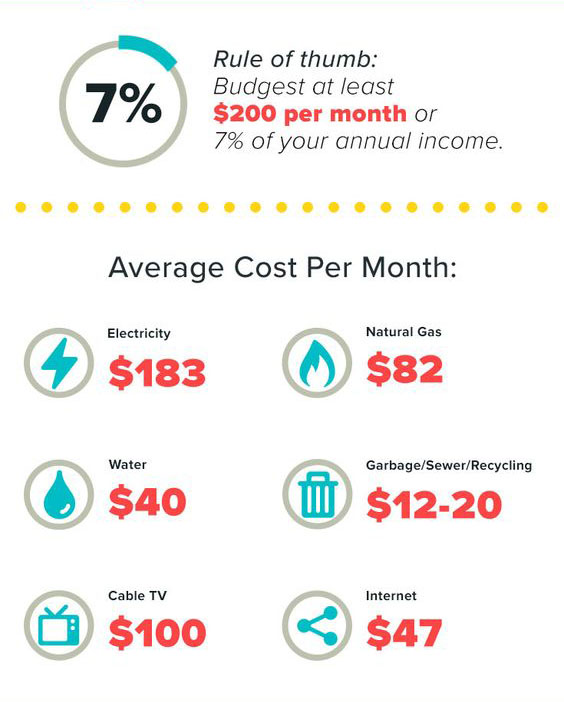Small to Mid-Income Families Need Help with Utility Bills
As utility bills steadily rise, the term ‘energy poverty’ is gaining popularity, describing households who lack the financial resources to afford energy needed for adequate shelter.”
For low-income families, utility bills can be difficult to keep up with. In addition to rent, low-to-mid-sized income families have to deal with the cost of food, education, transportation, and more. This means that they have less money left over at the end of each month. This site was created to assist these families to gain access to government utility assistance programs. (need rental assistance?)

Why Utility Assistance Programs are Crucial for Low-Income Families
Utility assistance programs are crucial for low-income families. They help to keep the cost of energy bills low and prevent utility shutoffs. The programs provide a safety net to families who are struggling financially by giving them an opportunity to get help paying their utility bills. They also offer a way for people to avoid having their utilities cut off, which can cause serious problems for someone’s home and family.
To qualify for a utility assistance program, people must meet certain income requirements. Some programs require that their household income is at or below a certain percentage of the state median, and others require that their gross monthly income is below a particular amount. For example, in Pennsylvania, participants must have an annual gross income of $20,680 or less to qualify for the Low-Income Home Energy Assistance Program (LIHEAP).
How Utilities Can be a Major Factor in the Cost of Living for these Families
Utilities are an important factor in determining the cost of living for families. But they are not always taken into consideration when determining eligibility. Determining whether or not a family is eligible for utility assistance can be a difficult and time-consuming process. That’s because there are many different factors that can affect the cost of living for a family. This includes utilities such as gas and electricity.
The most common form of utility assistance is through the Low Income Home Energy Assistance Program (LIHEAP), which provides financial assistance to low-income households to help with their home energy bills.
What Services are Included in Typical Utility Assistance Programs?
Utility assistance programs are typically offered by local utility companies to help customers with their energy bills. They often include one or more of the following services:
- Discounts on energy usage
- Free or discounted equipment installation
- Rebates for energy-efficient appliances and products
- Assistance in applying for low-income programs and grants.
What Benefits do Utility Assistance Programs Provide and Who is Eligible?
Utility assistance programs are a great way to help people with low incomes pay their utility bills. There are a few different types of assistance programs that offer different benefits to the recipients. Some provide financial assistance for paying the utility bill and some will provide free installation of home energy efficiency measures. The type of program depends on what is available in your area.
A few utility assistance programs include:
- Energy Assistance Programs are available in many different forms and offer a number of benefits. These can include direct financial assistance to pay utility bills, government surplus energy goods and services, or sometimes even weatherization services for the homeowner’s home.
- Low-Income Home Energy Assistance Program (LIHEAP) is a federally funded program that provides low-income families with financial assistance for their residential energy bills on an annual basis.